2023.06.20
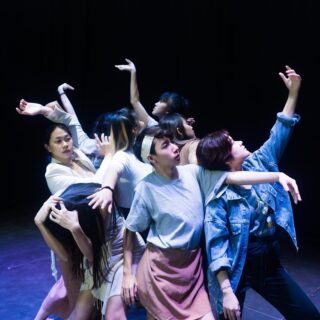
Performing Contemporary Dance in Laos: Fanglao Dance Company’s Attempt
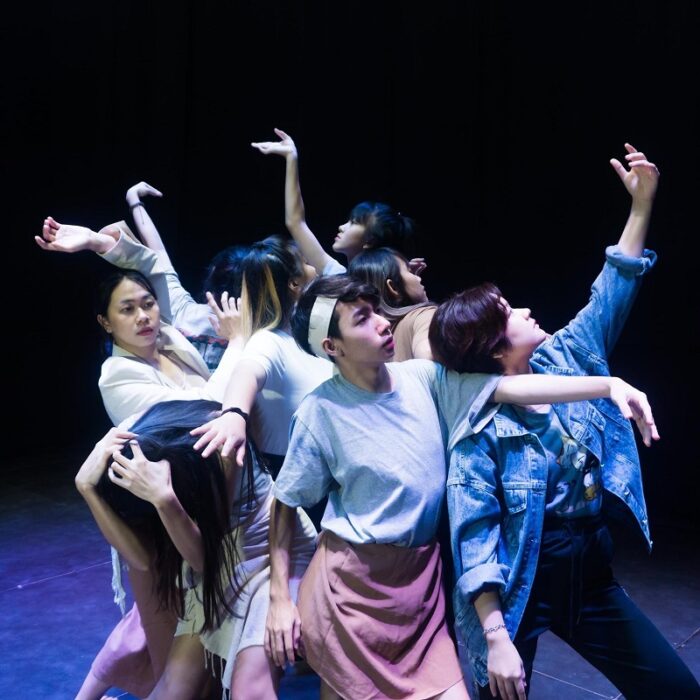
What is “contemporary dance”?
What do you think of when you hear the term “contemporary dance”? You may have never heard of it before, or you may have an image of an artistic dance performed in a theater, or a dance with unconventional and mysterious movements. Or perhaps some readers are specifically thinking of the innovative dance trends that emerged around 1980s in France, the U.S., Germany, Japan or other countries, and the names of some prominent figures in dance history. In fact, the term “contemporary dance” is not clearly defined and can widely include a variety of dances considered “new” or “contemporary,” distinguished from traditional dance, ballet, modern dance, etc. In different places, in different times, and by different persons, the term has been used in various ways.
General descriptions of contemporary dance in Japanese language often name famous dancers from the Western countries and Japan. From a broader perspective, however, a wide variety of performances take place under the category of “contemporary dance” and new forms of expression are explored and created every day. Here I would like to introduce some of the contemporary dance dancers I have met in Laos, where I have been conducting research as a cultural anthropologist since 2019.
Encountering Contemporary Dance in Laos
In February 2019, I came to Vientiane City, the capital of Laos, for the purpose of conducting my Ph.D. research. One day, I found a small gallery on a street corner and began to visit there from time to time for taking a short break from my research activities. i Cat Gallery, as it is called, is the art space co-owned by an Australian owner and a Laotian painter, and regularly holds a wide variety of exhibitions and events.
In one of their events, they invited dancers from Laos and various countries around the world to perform in their gallery. When I went there on the performance day, I found about 10 dancers, each with his or her own unique movements, going around or through the audience in the gallery, then gradually becoming more united along the fantastic sound of khaen, a Lao traditional musical instrument. With the audience involved, the dancers were creating a very stimulating and experimental time and space in the gallery.
In the performance, there were dancers from Fang Lao Dance Company (Fang Lao), the first contemporary dance company in Laos. Since then, I have watched as many of their performances as possible and interviewed the company’s dancers. I also participated some of their workshops and classes, and sometimes dance in some of their performances. In the following sections, I will introduce and describe the activities of Fanglao, who are pioneering in the contemporary dance scene in Laos.
First Contemporary Dance Company in Laos
Fanglao was founded in 2013 by two dancers, Nout (Noutnapha Soydala) and Kaka (Ounla Phaoudom), in Vientiane City. Nout got familiar with traditional Lao dance through her relative and in school, and Kaka became interested in breaking dance through watching video with his friends from a young age. Later, when they were in their mid-teens, they both met a street dance group, Lao Bang Fai, which was founded in 2004, and also met Olé (Olé Khamchanla), a dancer based in France at that time.
Olé was born in Laos and moved to France in his early childhood. After he started to engage in street dance, he has worked on various styles of dance including contemporary dance work. In 2006, Olé traveled to Laos under a French government-sponsored program, and there he met Nout, Kaka and other young Lao dancers. Since then, he has been deeply involved in the dance world in Laos. Nout and Kaka built their career as dancers in working with Olé on a project to teach dance at schools in rural Laos, participating in residencies and workshops abroad, and giving performances in Laos. In 2010, Olé started the Fang Mae Khong International Dance Festival, which is held annually with many dancers invited from abroad. Nout and Kaka are also involved in its organization.
In 2018, Fanglao made their own theater, Fanglao BlackBox. In addition to giving performances, they also run dance classes and contribute to broaden the base of various styles of dance. Classes are regularly offered under the categories such as “hip-hop,” “break dance,” “K-pop cover dance,” “contemporary,” and “jazz dance.” From 2022, a new studio was established in a shopping mall and further expand the space for practice and classes.
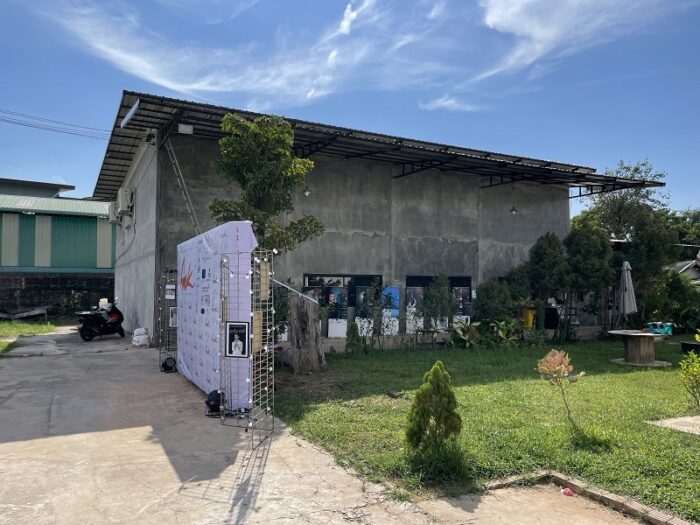
Fanglao’s Performances; Active Collaboration with Artists from Other Art Genres
Fanglao’s contemporary dance performances are held on an irregular basis with a variety of members. Although there are the core members who often perform, composition of performing members varies a lot. In addition to its own theater, the Fanglao BlackBox, performances are sometimes held at the cultural center run by the French government, or on several occasions, they also give performances at foreign embassies, public squares, and university lecture halls. Moreover, Fanglao BlackBox has performed abroad many times, including two productions at Festival Tokyo in 2019.
The biggest event of each year is the Fang Mae Khong International Dance Festival. Except for 2020 and 2021, when the entry from foreign countries strictly restricted by the Lao government, the week-long festival every year has given a variety of programs including performances and workshops by dancers invited from abroad.
One of the distinctive features of their performances is that they actively collaborate with artists from other genres. For example, the 2020 Dance Festival featured a co-production with photographers and video artists titled “Photodance,” and the 2021 Dance Festival had a collaboration with painters titled “Drawdance”.
“Drawdance” was the collection of 8 performances that incorporated elements of “drawing” in diverse ways. Audience witnessed various exciting artistic experiments: one dancer moved on the stage interacting with painting materials, some painters painted live with dancers dancing aside, another dancer performed in front of already painted pictures, and in one performance, one person drew lines onto a tablet computer and another performer danced with the movement of the lines appeared on a screen behind him.
The Situation Surrounding Contemporary Art in Laos
Behind this active cross-genre collaboration, there is a challenging situation for contemporary art in Laos, where artistic practices under the category of “contemporary art” have been placed in a relatively minor position both in public art education and in terms of general recognition.
Even within this context, however, since the 2000s, especially since the 2010s, there have been active attempts to create spaces for production, expression, and knowledge sharing in many places. For example, i Cat Gallery mentioned above is one of the important places for contemporary art in Vientiane City by organizing exhibitions of works in a variety of forms and styles and offering curatorial opportunities to recent art school graduates. In addition to this, there are many other great works being produced in various genres such as movie production, theater, and music. Fanglao emerged in tandem with this movements. Artists from different genres are actively following each other’s activities and interacting with each other on a daily basis. The result is the interesting collaborations that creatively transcend the border of artistic genres.
Not only do artists from other genres participate in dance works, but there are also examples of dancers working in other genres. For example, in the film “The Long Walk” (dir. Mattie Do), which was screened at the Venice International Film Festival and the Tokyo International Film Festival in 2019, Nout, a founding member of Fanglao, plays an important role in a sci-fi horror story set in the near future. There is another dancer who participated in an exhibition of photography, and another dancer is engaging in filmmaking and dancing.
The 2022 Dance Festival included a program called “Artistic Talk.” In this event, orchestral players, a playwright, dancers, a painter, and a player of the traditional Lao instrument gathered to talk about their backgrounds and activities, and exchange ideas. The program was a very stimulating talk session in which artists talk about the difficulties and joys of carving out new spaces for one’s own artistic expression. After the session, there was a hopeful atmosphere for the future in the expectation of fascinating collaborations of different genres of artists.
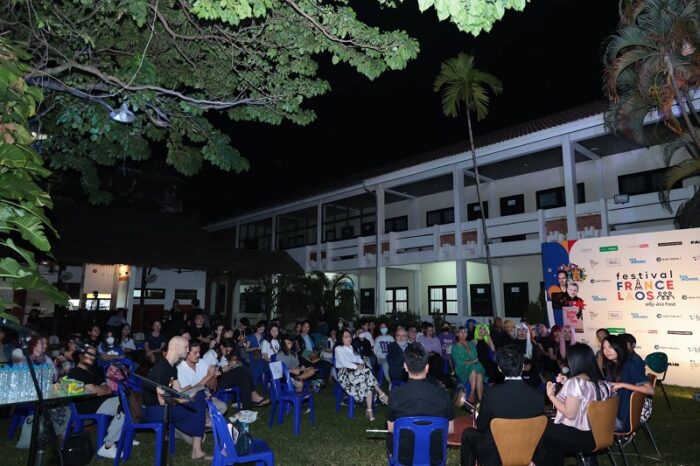
Fanlao as a Center of Various Types of Dance
To get back to the story of Fanglao, another important feature of their activities is that it seeks to broaden the horizon of not only contemporary dance but also other styles of dance. Fanglao offers classes in several styles of dance and is involved in organizing a variety of events, such as Lao HipHop Festival. Kaka, a founding member of Fanglao, once said to me that their vision for the future is “to make Fanglao a center where people can experience a wide variety of dance styles”.
This has also influenced the contemporary dance expression performed by Fanglao. Many of the dancers at Fanglao at first involved in other styles of dance, especially breakdancing and K pop cover dance, as an entry point into Fanglao, and after that, they also become interested in and involved in contemporary dance performance. Fanglao offers dancers opportunities to come together and explore the possibilities of “contemporary dance” in their own unique ways. In this process, the content of “contemporary dance” performed by Fanglao is constantly reexamined and creatively changing.
Fang Lao = Listening to each other, listening to Laos
The word “fang” in “Fanglao” means “listen to” in Lao language. And “Lao” in Lao means the name of the country “Laos” or the ethnic group “Lao.” But it also functions as the third person pronoun “he/she”. Then, what does it mean to “listen”?
The self-introduction in Fanglao’s Facebook page states, “Fanglao’s activities are for helping people to listen to each other.” According to Nout, a founding member of Fanglao, this “listening to” means paying close attention to and respecting each other’s presence while we participate in the same dance workshop or perform on the same dance stage together. Nout said here she found beautiful and attractive moments of doing contemporary dance.
Fascinated by Fanglao’s performances, I have not only “listened to” what dancers told me in the research interview, but I have also “listened to” their activities carefully in attending their workshops and performances, and dancing with them. Through this experience, I have come to realize that Fanglao’s contemporary dance is produced and changing continually in the process of dancers’ “listening to” and inspiring each other.
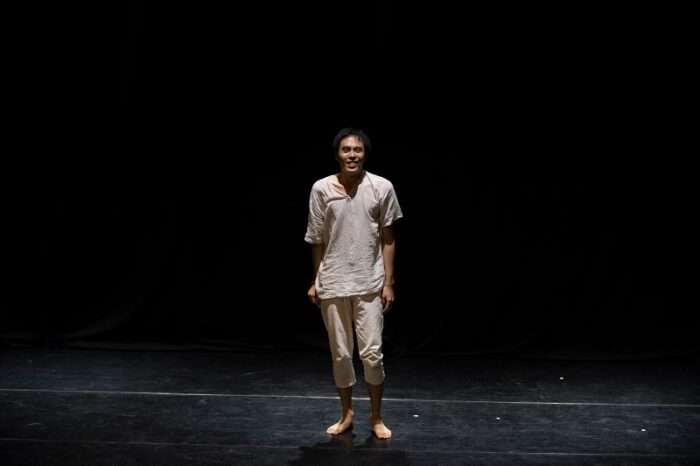
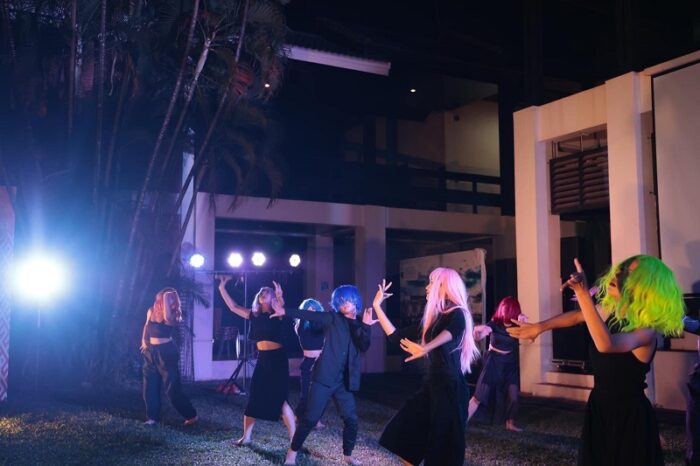
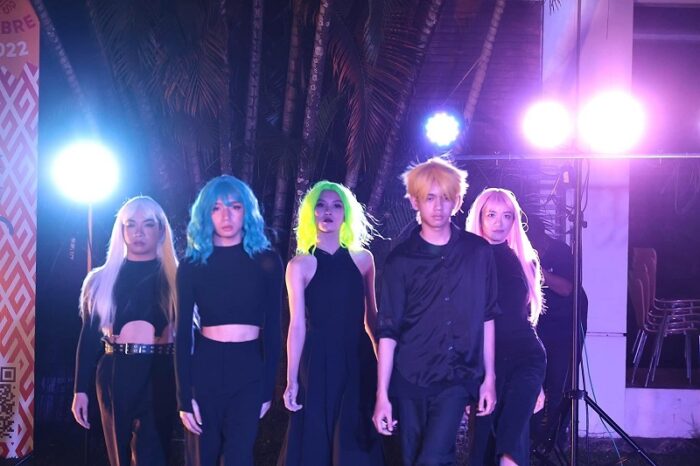
PROFILE
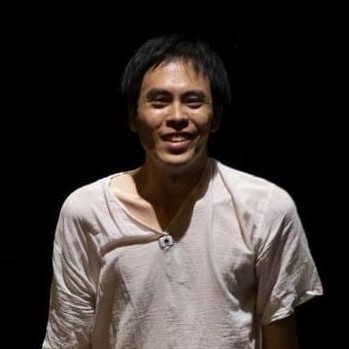
Yusuke Omura
Doctoral student at the Graduate School of Arts and Sciences, The University of Tokyo. He specializes in cultural anthropology (research on people’s ways of lives in Lao cities, sexuality, and contemporary art). In 2016, he received M.A. from the Graduate School of Arts and Sciences, the University of Tokyo. From 2019-2021, he conducted a long-term fieldwork in Vientiane, the capital city of Laos. After that, he has been continuing his research on Laos by making several short-term research visits to Laos.
